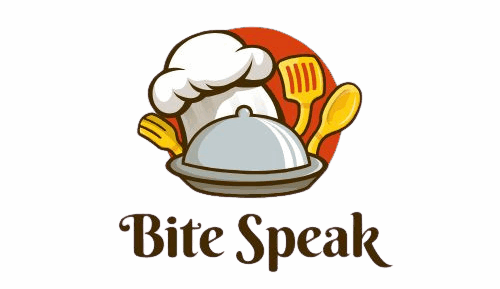27 So-Called ‘Healthy’ Foods You Should Think Twice About Eating
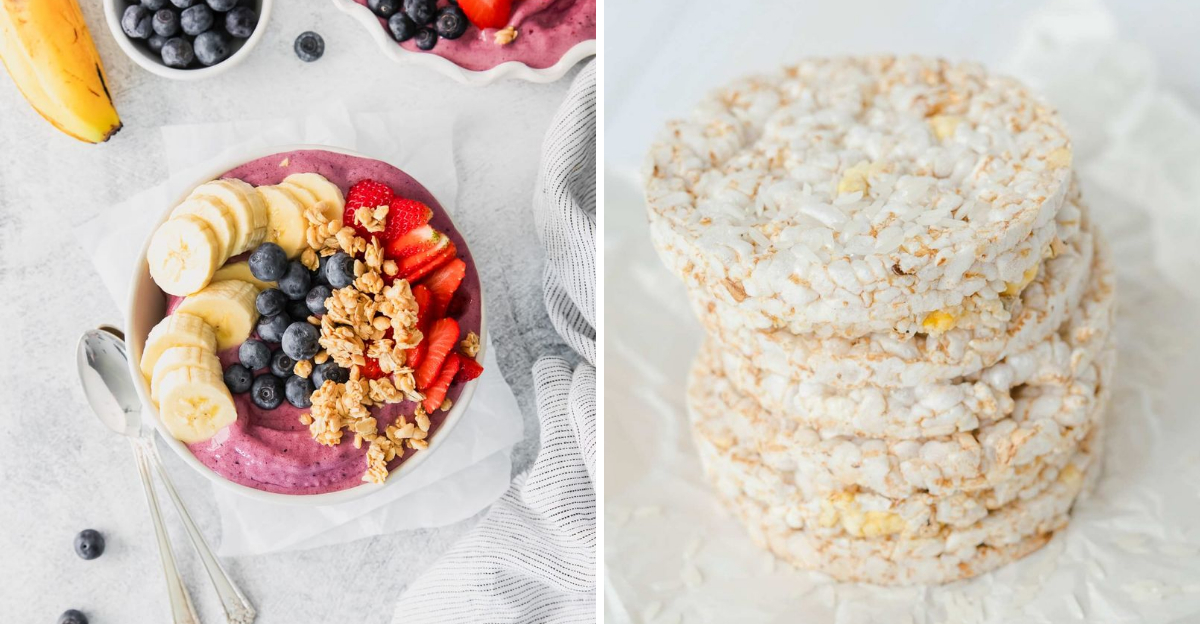
In today’s health-conscious world, it can be easy to be misled by labels and marketing. Many foods touted as ‘healthy’ may not be as beneficial as they seem. This article explores 27 such foods, examining why you might want to reconsider them in your diet.
1. Flavored Yogurt Cups
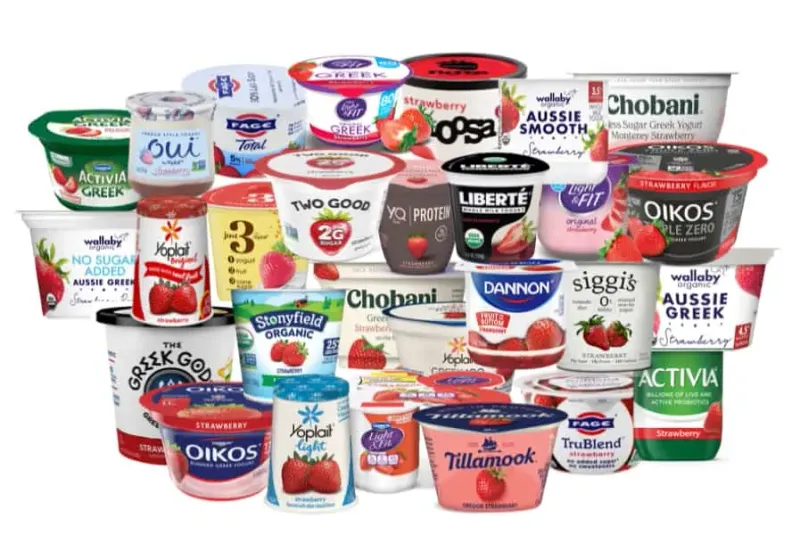
Flavored yogurt cups often present themselves as a healthy snack, but their sugar content can rival that of a dessert. These yogurts are appealing due to their sweet taste and convenience, making them a popular choice for those on the go. However, the added sugars and artificial flavors can negate any potential health benefits. Opting for plain Greek yogurt and adding fresh fruit might be a better alternative. Consider examining the labels closely next time you reach for one, as the sugar content can be surprisingly high.
2. Granola
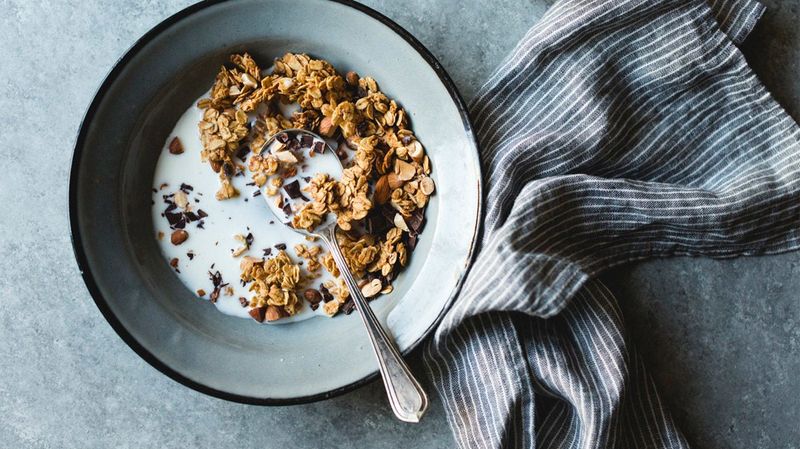
Granola’s wholesome image can mask its high sugar and calorie content, especially in store-bought versions. While it contains oats and nuts, the added sugars and oils can turn it into a calorie-dense snack. Sprinkling a small amount over yogurt or oatmeal might be a more balanced approach. Be sure to read the ingredient list before purchasing, as not all granolas are created equal. Homemade granola can offer more control over the ingredients, ensuring a healthier choice.
3. Veggie Chips
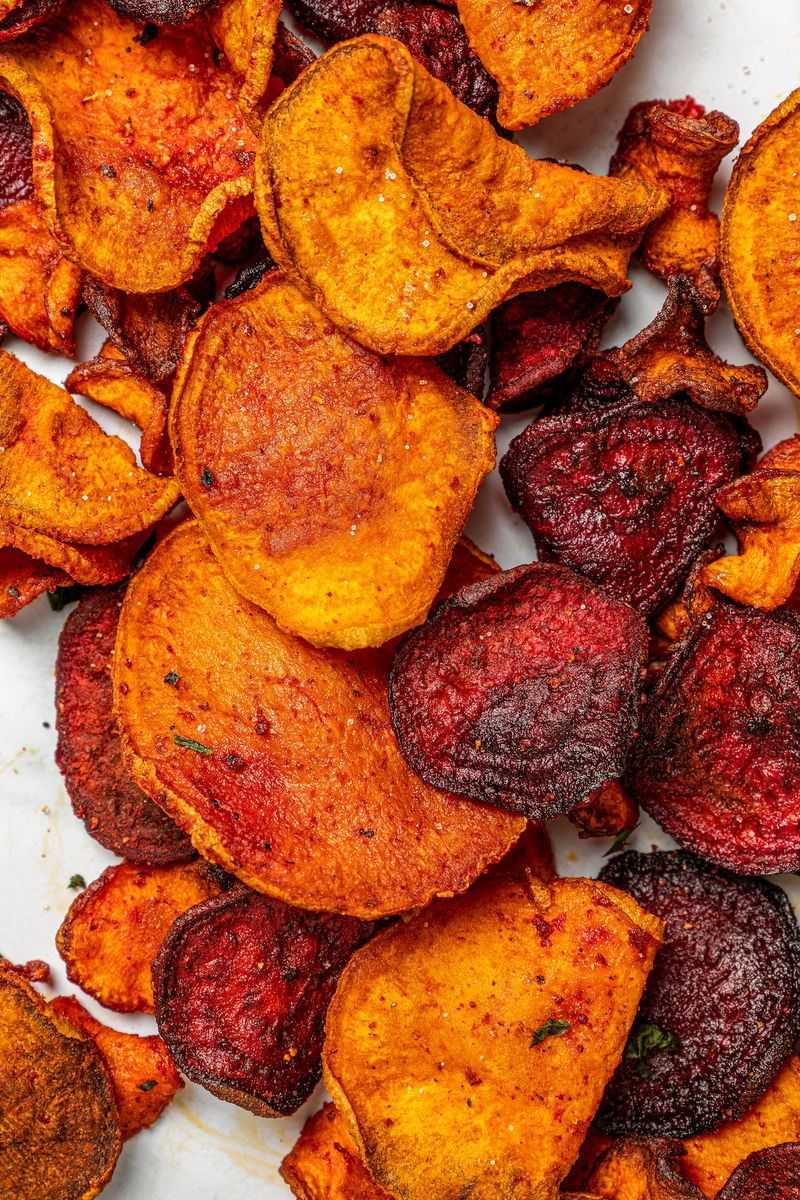
Veggie chips often promise a healthier alternative to regular chips, but they are still fried and salty. Made from vegetables like beets and sweet potatoes, these chips can be enticing with their vibrant colors and perceived healthiness. However, the frying process and added salts diminish their nutritional value, making them nearly as indulgent as traditional potato chips. If you’re looking for a healthier snack, consider making your own baked veggie chips at home.
4. Acai Bowls
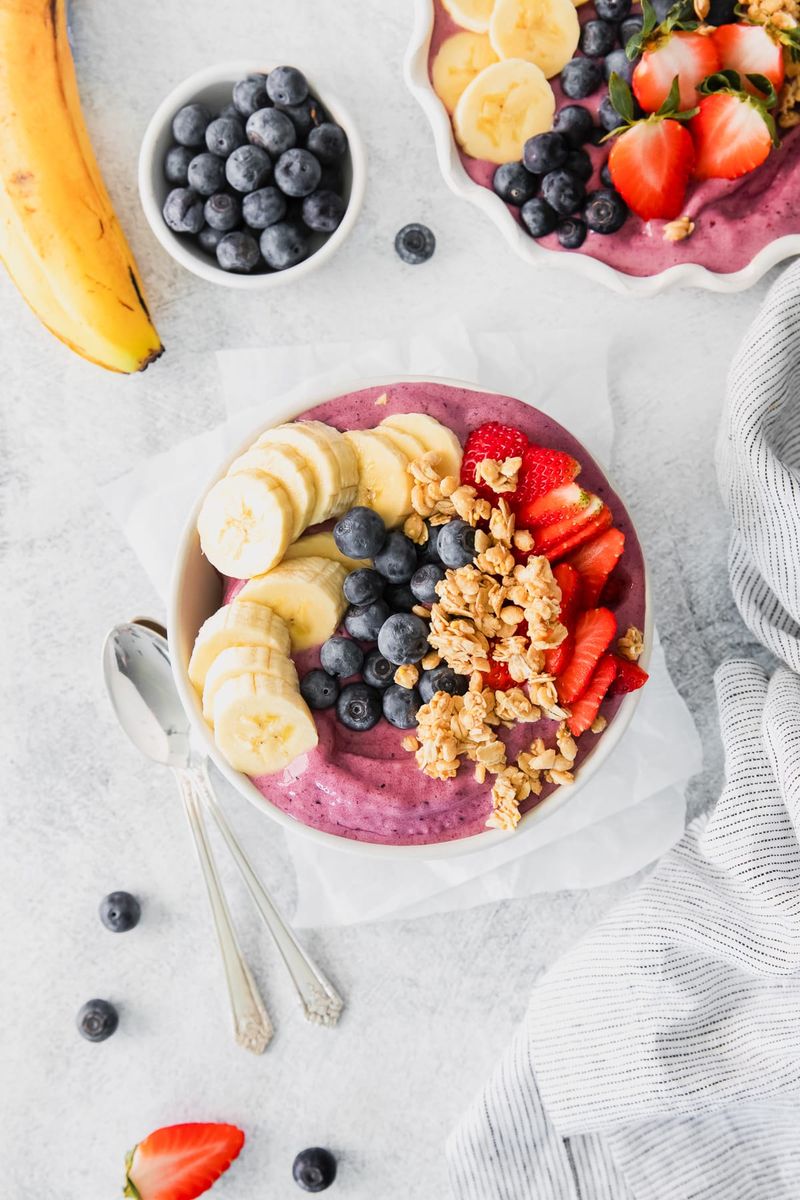
Acai bowls have become a trendy choice for health enthusiasts, celebrated for their antioxidants and vibrant flavors. However, they often come laden with sugary granola, honey, and fruit juice bases that can quickly escalate their sugar content. While they look appealing and offer some health benefits, moderation is key. Consider simplifying your acai bowl with less sugary toppings to maintain a healthier balance. These bowls can be a delightful treat, but awareness of their potential sugar content is essential.
5. Protein Bars
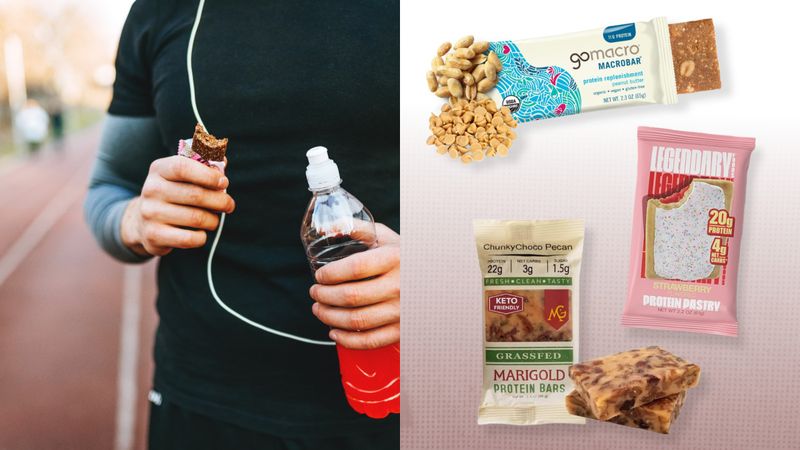
Protein bars are marketed as convenient post-workout snacks, but many are packed with sugars and artificial ingredients. Their appealing flavors and promises of muscle recovery can make them tempting. However, it’s crucial to check the labels, as some bars have sugar levels comparable to candy. Opt for bars with natural ingredients and lower sugar content to make them a genuinely healthy choice. Awareness is key when selecting protein bars, ensuring they align with your nutritional goals.
6. Gluten-Free Snacks

Gluten-free snacks cater to those with gluten sensitivities, but they aren’t automatically healthy. Many of these snacks are processed and can lack essential nutrients and fiber. While they provide an option for those avoiding gluten, it’s important to read the nutritional information to ensure you’re not consuming empty calories. Emphasizing whole foods and natural ingredients in your gluten-free choices can lead to a more balanced diet. The gluten-free label shouldn’t be the sole indicator of healthfulness.
7. Fruit Juice
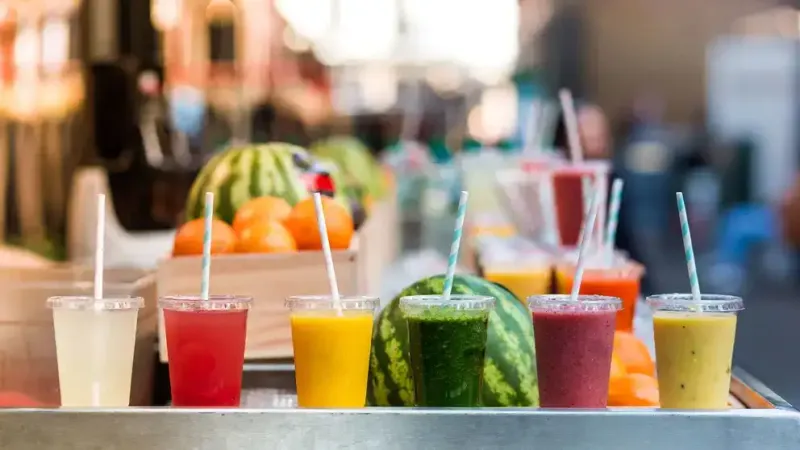
Fruit juice might seem like a natural, healthy choice given its fruit origins, but even 100% juice lacks the beneficial fiber found in whole fruits. It is often concentrated sugar, making it easy to consume excess calories quickly. While a small glass can be a treat, it’s healthier to eat whole fruits, which offer fiber and more sustained energy release. When choosing beverages, consider water or herbal teas, leaving fruit juice for occasional enjoyment.
8. Dried Fruit
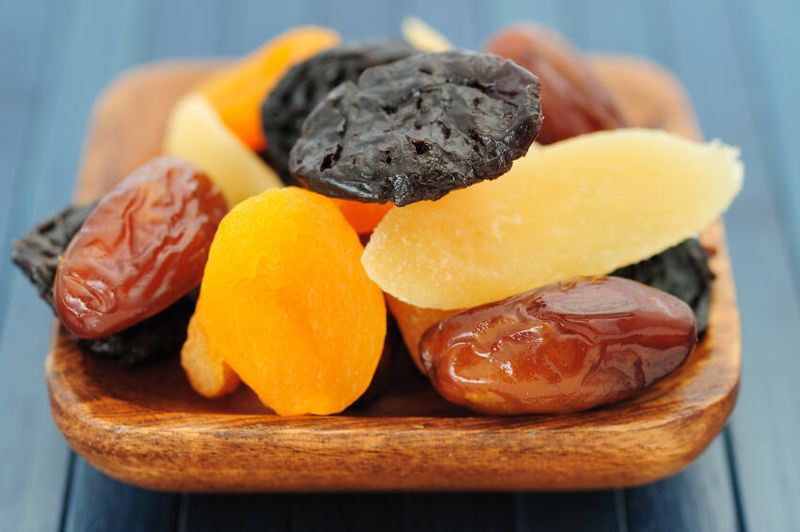
Dried fruit is a compact, convenient snack, but it’s easy to overindulge due to its heightened sugar concentration. Many dried fruits are coated with additional sugar or syrup, making them calorie-dense in small servings. While they do provide some nutrients, portion control is crucial. Opt for unsweetened varieties to enjoy their natural flavors without added sugars. Keeping an eye on serving sizes can help maintain a healthy balance when incorporating dried fruits into your diet.
9. Store-Bought Smoothies
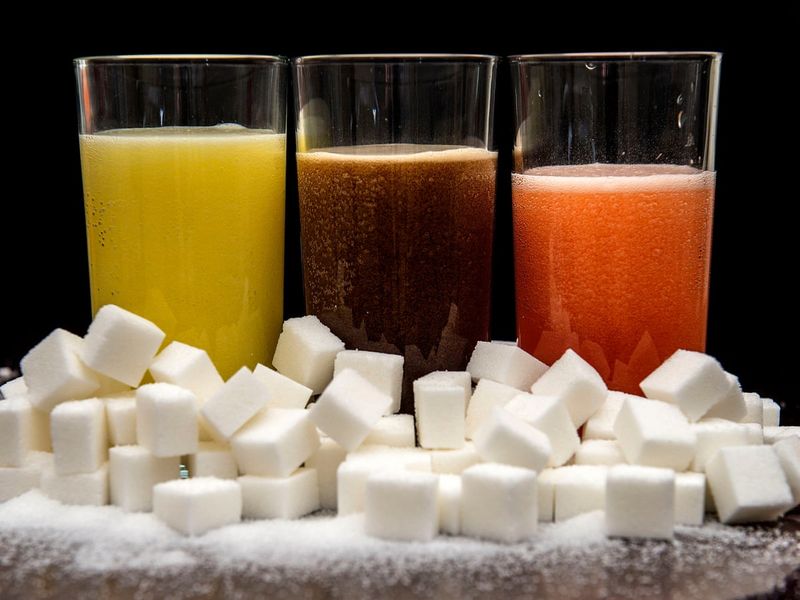
Store-bought smoothies offer convenience, but they often contain added sugars, fruit juice, and even ice cream, diminishing their health appeal. While they may seem like a quick way to consume fruits and vegetables, the added ingredients can lead to excess calorie intake. Crafting your own smoothies at home allows you to control what goes into your drink, making it a healthier choice. By focusing on whole fruits and vegetables, you can enjoy a nutritious beverage tailored to your preferences.
10. Whole Wheat Bread
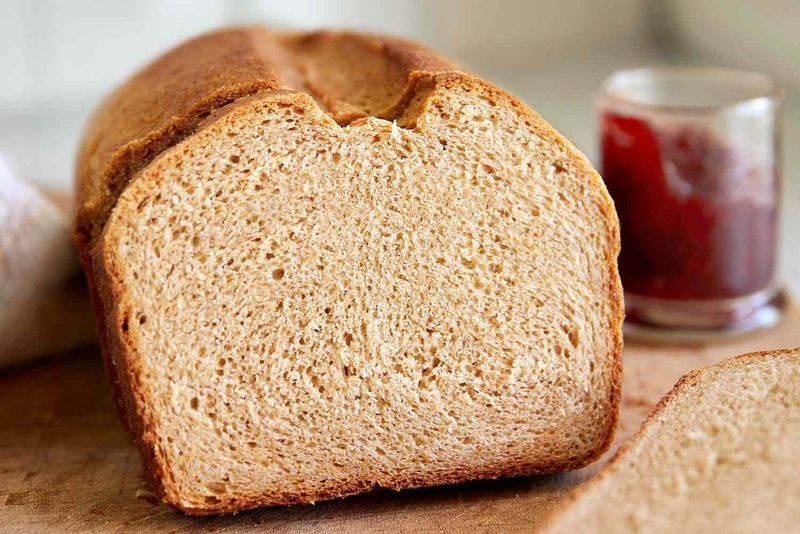
Whole wheat bread can be a nutritious source of fiber, but some brands add molasses or brown coloring to mimic a healthy appearance. It’s essential to look for “100% whole grain” as the first ingredient to ensure you’re getting genuine whole wheat bread. While it provides a robust taste and more nutrients than white bread, the added sugars in some varieties can detract from its benefits. Checking ingredients and opting for authentic whole grain options supports a healthier diet.
11. Frozen Veggie Burgers
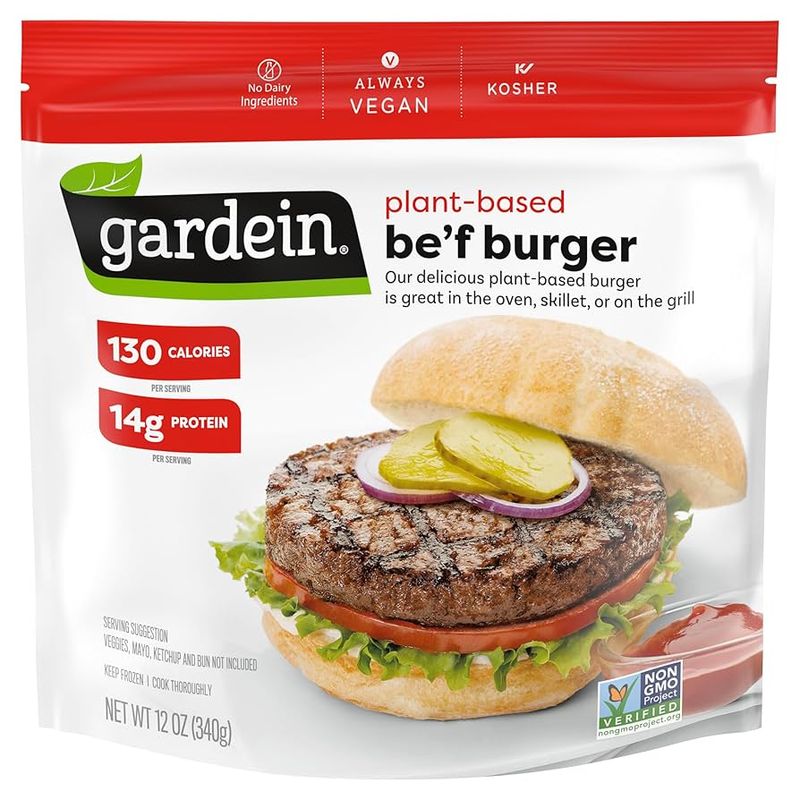
Frozen veggie burgers offer a quick plant-based meal option, but some contain fillers, high sodium, and soy protein isolates. These ingredients can detract from their health benefits, making it important to read labels carefully. Fewer, real-food ingredients often indicate a healthier product. Making veggie burgers from scratch or selecting brands with minimal processed ingredients can enhance their nutritional value. Awareness of what goes into your veggie burger helps ensure it’s a beneficial part of your diet.
12. Coconut Water
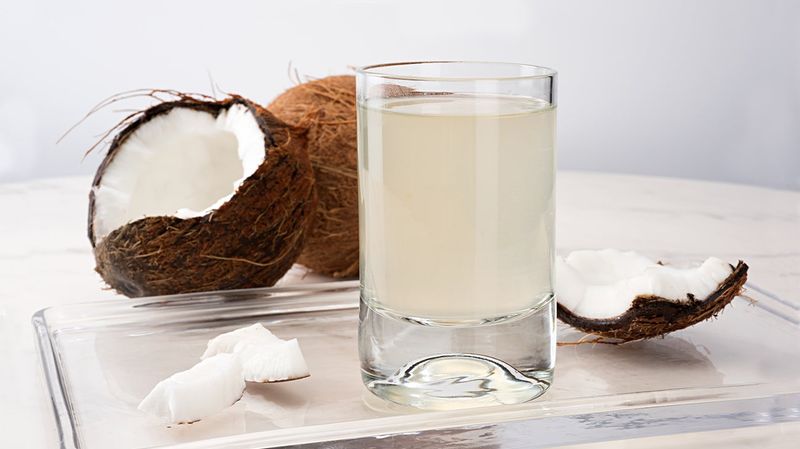
Coconut water is marketed as a hydrating and pure beverage, but many varieties contain high sugar levels and minimal fiber. While it can be a refreshing drink, especially after exercise, it’s crucial to choose unsweetened options to avoid unnecessary sugars. Genuine coconut water provides electrolytes and can be part of a balanced hydration plan. Opting for brands with no added sugar ensures you enjoy the natural taste and benefits of coconut water without the extra calories.
13. Sushi Rolls

Sushi rolls are often perceived as a clean, healthy meal, but the white rice, sugary sauces, and fried fillings can add unexpected calories. While sushi provides a light and fresh dining experience, choosing rolls with more vegetables and less rice can improve their nutritional profile. Nigiri or sashimi options are often healthier alternatives. Being mindful of ingredients and selecting simpler rolls allows you to enjoy sushi’s flavors without overindulging in hidden sugars and fats.
14. Rice Cakes
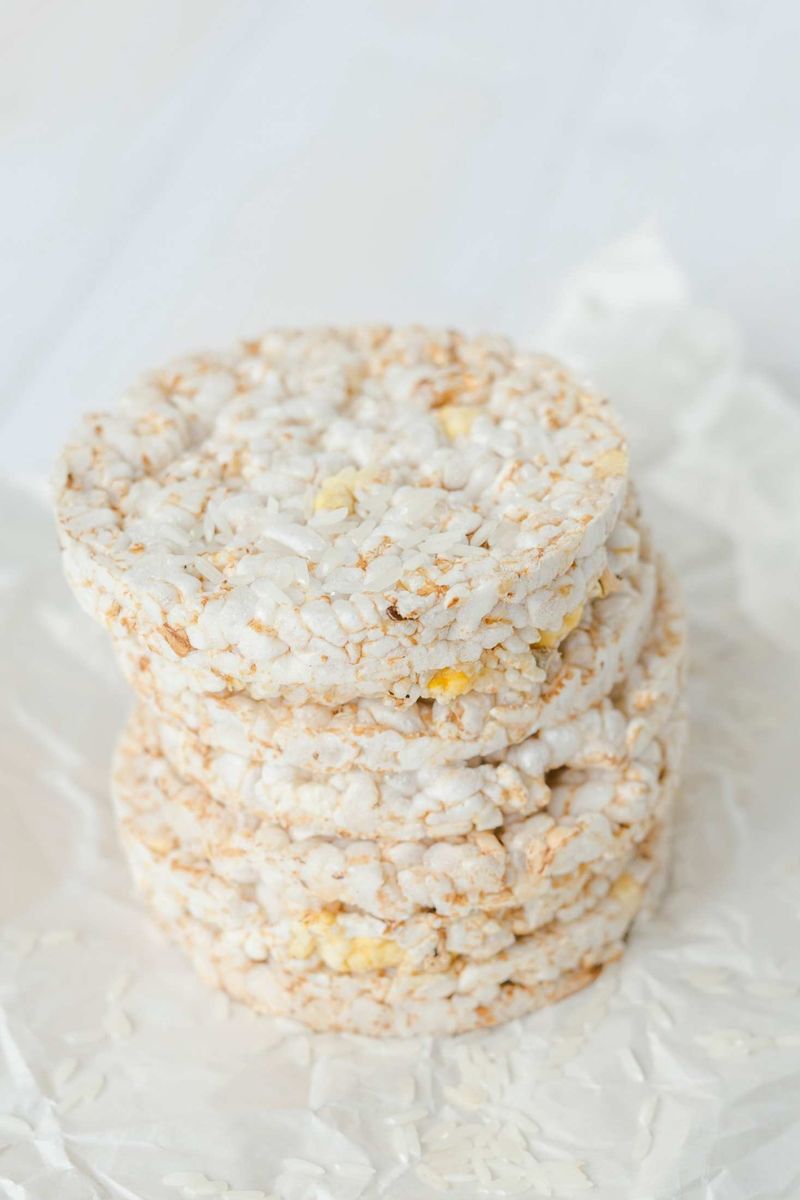
Rice cakes are low in calories but also low in nutritional value, often spiking blood sugar levels without providing lasting satiety. They can be an appealing snack due to their lightness and crunch, but their simplicity means they’re best paired with nutrient-dense toppings like avocado or nut butter. While rice cakes offer a quick snack option, their impact on blood sugar and lack of essential nutrients should be considered when incorporating them into your diet.
15. Instant Oatmeal Packets
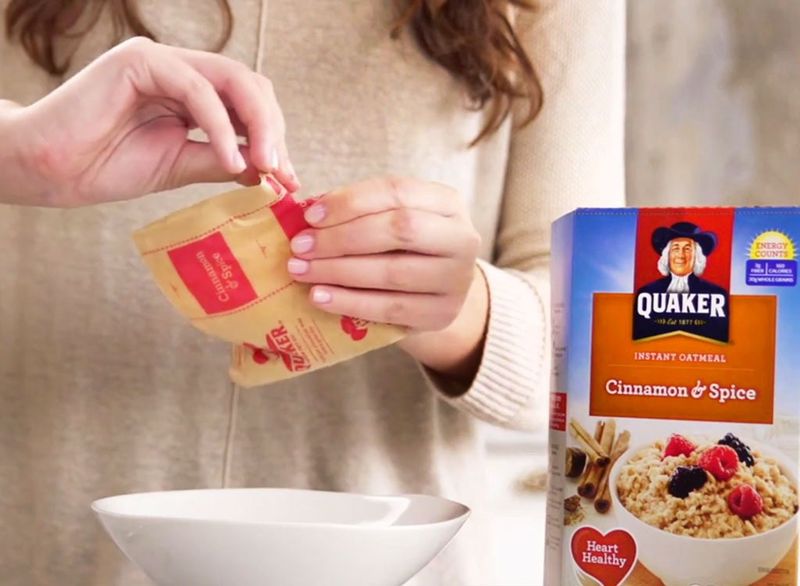
Instant oatmeal packets are convenient, but they often come with added sugars and artificial flavors that diminish their health benefits. While oatmeal is generally a nutritious breakfast option, choosing plain oats and adding your own toppings allows for more control over sugar intake. The ease of instant packets can be alluring, but being aware of their sugar content helps maintain a balanced diet. Personalizing your oatmeal with fresh fruits and nuts ensures a wholesome start to the day.
16. Peanut Butter (Flavored or Reduced-Fat)
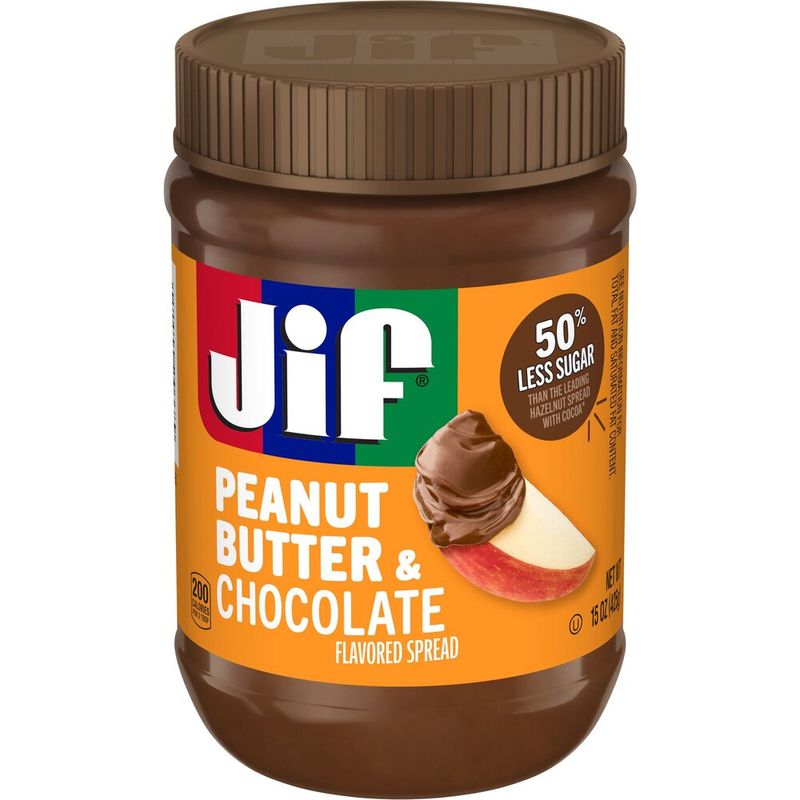
Flavored or reduced-fat peanut butter often contains more sugar than traditional varieties. While the reduced-fat label may seem appealing, it’s important to check for added sugars that can offset any fat reduction benefits. Choosing natural peanut butter with just peanuts and possibly a touch of salt provides a purer, more nutritious option. The simplicity of natural peanut butter enhances its flavor and health benefits, making it a wiser choice for those mindful of their diet.
17. Bottled Green Tea
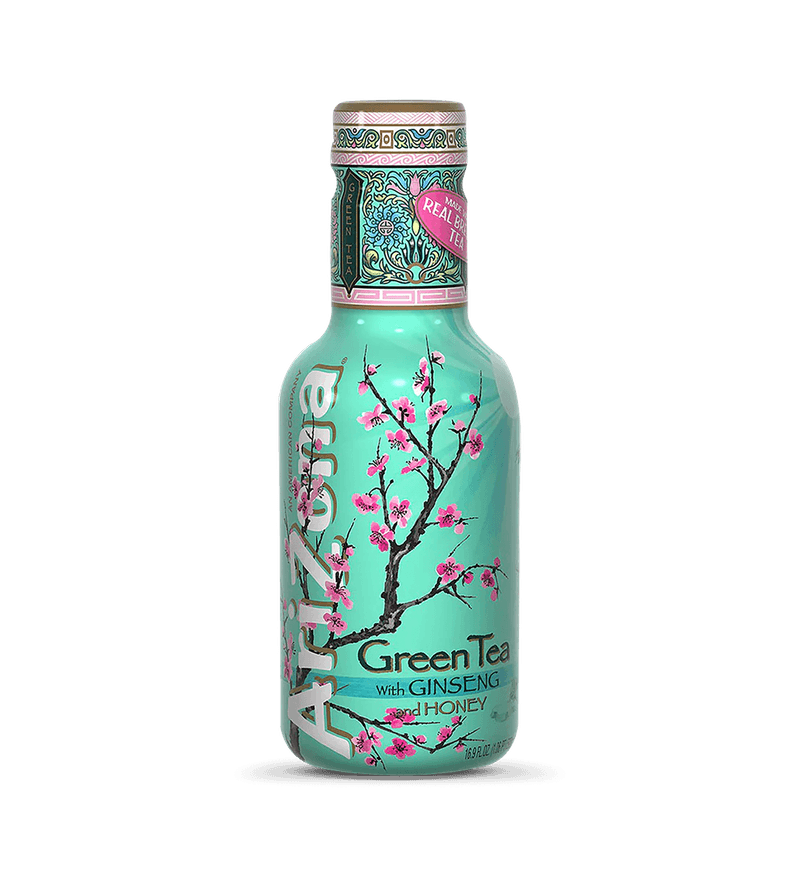
Bottled green tea is often promoted as a healthful beverage, but many versions contain minimal actual tea and tons of added sugar. While green tea itself offers antioxidants, the bottled versions can mislead with their sweetened taste. Brewing your own green tea at home ensures you’re receiving its full benefits without added sugars. Choosing unsweetened varieties or enjoying freshly brewed tea maintains its natural health properties, supporting a more balanced beverage choice.
18. Trail Mix
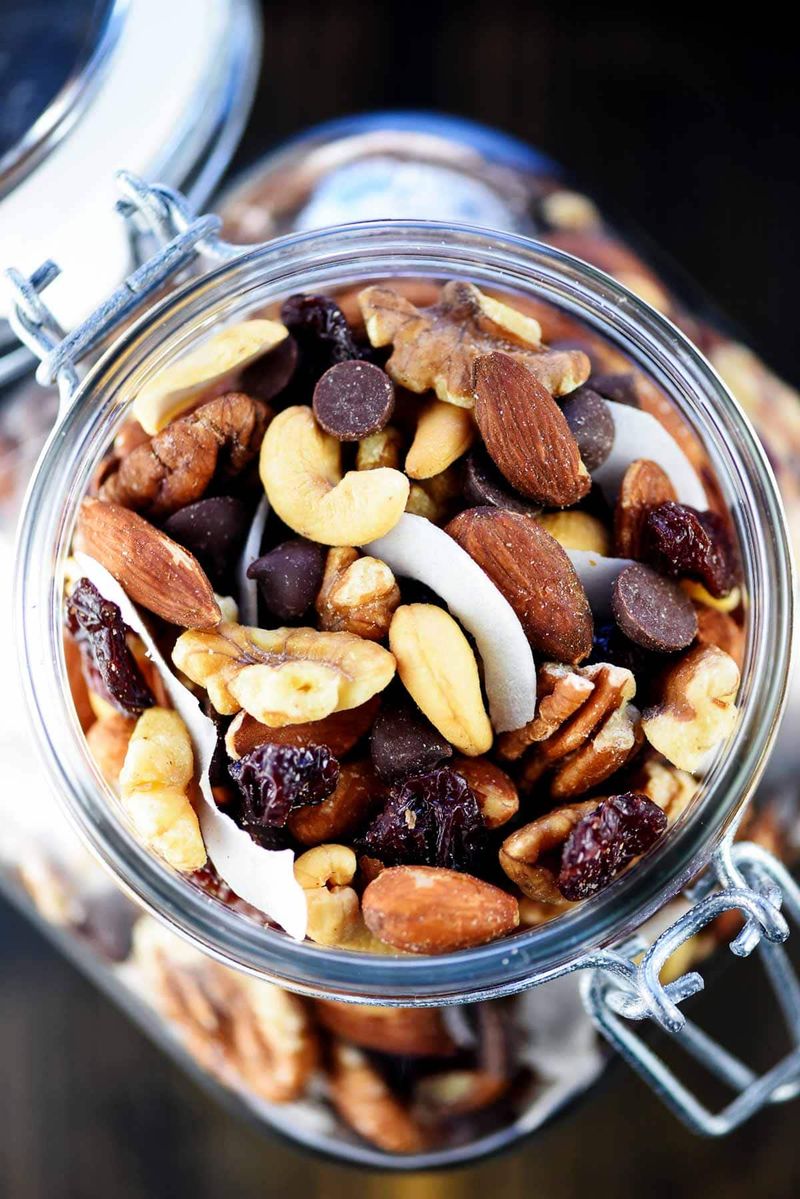
Trail mix combines nuts, dried fruits, and chocolate into a convenient snack, but it can quickly become calorie-dense. While it offers energy for hikes, portion control is essential to avoid overindulgence. Selecting mixes with more nuts and less chocolate or dried fruits can provide a healthier balance. Being mindful of serving sizes ensures trail mix remains a beneficial snack rather than a calorie trap. Homemade versions allow for customization, aligning with dietary preferences and needs.
19. Soup (Even “Healthy” Ones)

Soup, even those labeled as ‘healthy,’ can be packed with sodium, often containing more than half the daily recommended limit per serving. While soups provide comfort and warmth, selecting those with lower sodium content and using fresh ingredients can enhance their nutritional value. Making your own soup allows for better control over ingredients, ensuring a healthier meal option. Awareness of sodium levels in store-bought soups supports a more balanced diet without compromising on taste.
20. Agave Nectar
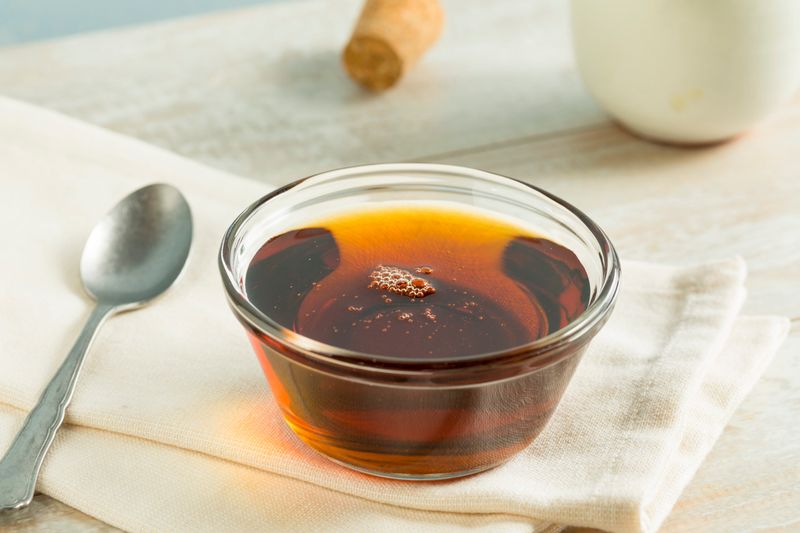
Agave nectar claims to be a natural sugar alternative, but it’s extremely high in fructose, even more so than high-fructose corn syrup. While its gentle sweetness and liquid form make it appealing for baking and beverages, moderation is key. Understanding its high fructose content helps in making informed choices when sweetening foods and drinks. Opting for more balanced sweeteners can support a healthier lifestyle, especially when reducing sugar intake is a priority.
21. Frozen Diet Meals

Frozen diet meals promise low calories but often lack fiber, protein, and satisfaction, relying on preservatives and sodium. While they offer convenience, these meals can leave you hungry shortly after. Choosing whole foods and preparing meals at home allows for better nutrient balance and enjoyment. If opting for frozen meals, selecting those with more natural ingredients and balanced nutrition can make a difference. Awareness of their limitations helps in making healthier food choices.
22. Low-Fat Muffins or Cookies
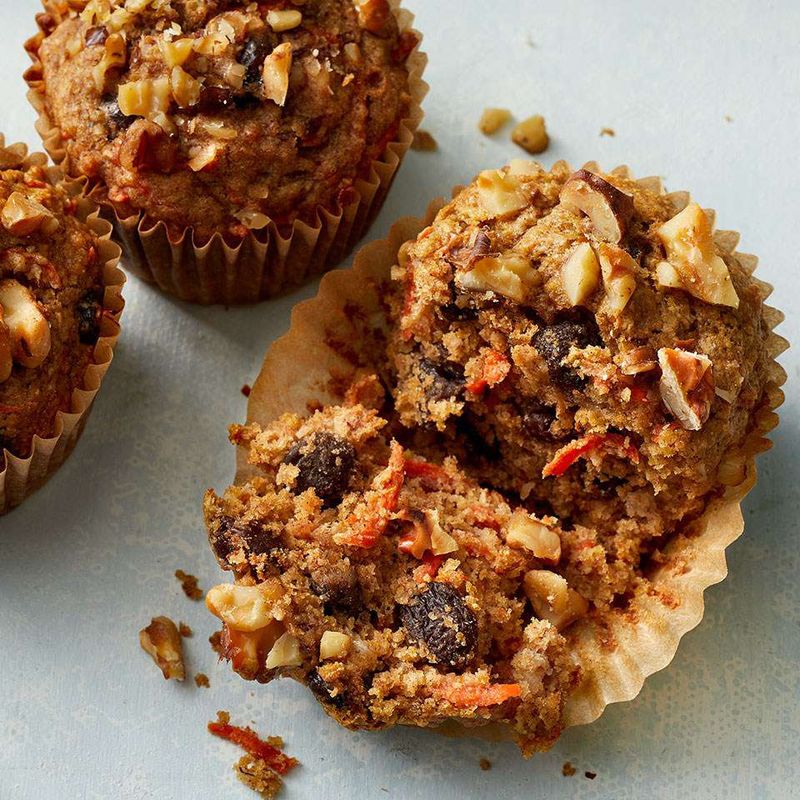
Low-fat muffins or cookies may seem like a healthier indulgence, but reducing fat often results in increased sugar content. These baked goods can be tempting with their sweet flavors, but it’s important to understand the trade-offs. Opting for smaller portions of regular muffins or cookies can provide a more satisfying and balanced treat. Baking at home with natural ingredients allows for greater control over sugar and fat content, supporting healthier snacking habits.
23. Soy Milk (Flavored Versions)
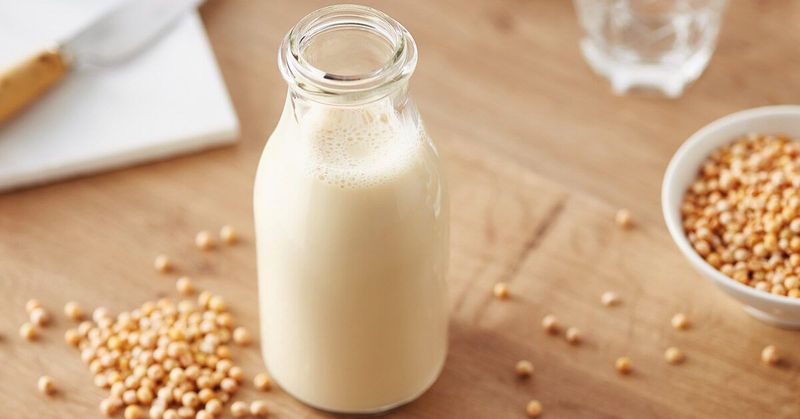
Flavored soy milk, such as vanilla or chocolate, can have sugar levels akin to a milkshake. While offering a dairy-free alternative, the added sugars diminish its health benefits. Choosing unsweetened soy milk versions provides a more balanced option for those seeking to avoid dairy. Awareness of sugar content in flavored varieties helps maintain a healthy diet, ensuring plant-based choices align with nutritional goals. Unsweetened options support a more wholesome lifestyle.
24. Pita Chips

Pita chips sound lighter than potato chips but are often just as processed and calorie-heavy. Their crisp texture and satisfying crunch make them a popular snack choice, but being aware of their processing helps in making informed decisions. Choosing whole grain pita chips or baking your own at home can provide a healthier alternative. Understanding the nutritional content ensures pita chips complement your diet without excess calories or processed ingredients.
25. Cauliflower Pizza Crusts

Cauliflower pizza crusts are marketed as a low-carb option, but some are loaded with cheese, oils, and starches. While they provide a gluten-free alternative, checking labels ensures they align with your health goals. Making your own crust at home allows for more control over ingredients, supporting a nutritious diet. Awareness of the added components in store-bought crusts helps in choosing options that genuinely offer the benefits of a lower-carb lifestyle.
26. Plant-Based Meats

Plant-based meats offer an alternative to animal protein, but some are ultra-processed with questionable ingredients and sodium levels. While they appeal to those seeking less meat consumption, choosing options with fewer additives is key. Understanding ingredient lists helps in selecting products that align with health priorities. Homemade plant-based meals can offer more nutritional value and satisfaction. Awareness of processing levels ensures plant-based choices contribute positively to your diet.
27. Flavored Almond Milk Yogurts
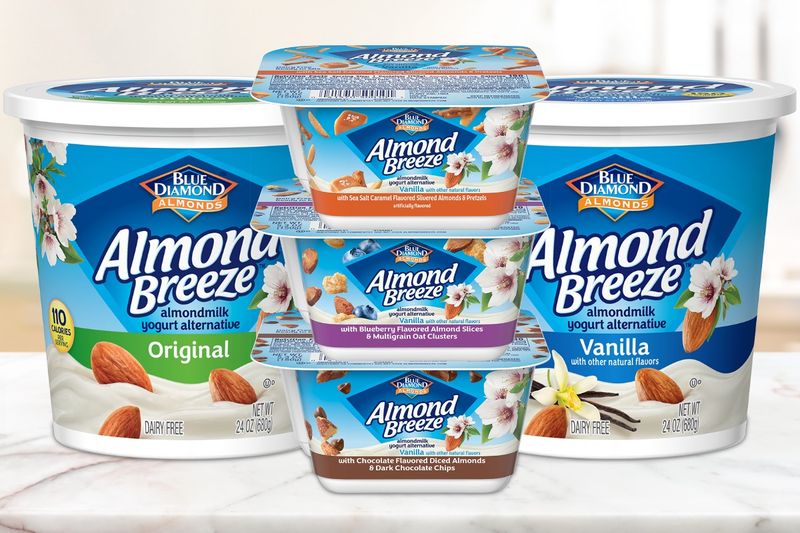
Flavored almond milk yogurts, while dairy-free, often contain high sugar levels and minimal protein. Their creamy texture and sweet flavors can be enticing, but reading labels helps avoid unnecessary sugars. Opting for plain versions and adding fresh fruit provides a healthier option. Understanding the nutritional content of these yogurts supports informed choices, ensuring plant-based selections contribute positively to dietary goals. Awareness of sugar levels and protein content aids in maintaining a balanced diet.
